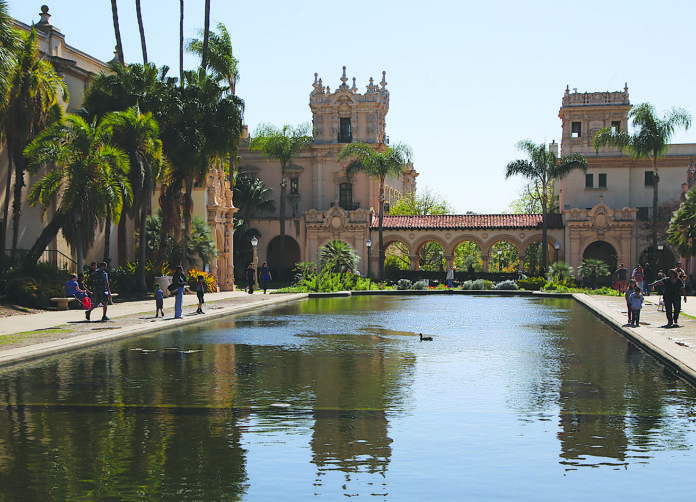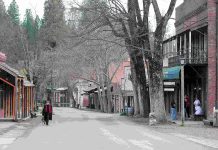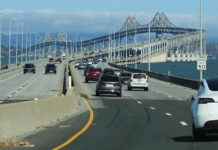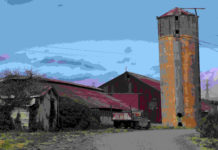After arriving in San Diego in 1969, my family moved into a small house in Pacific Beach (PB) and I and my three siblings signed up in public schools.
Having lived the past two years on Guam—a 32-by-6 mile island in the South Pacific—taking on the huge city proved to be a sizable undertaking.
My folks eventually bought a Spanish-style home on Emerald Street in Pacific Beach for $56,000, a place I would come to visit for decades.
I got to know the beach areas of San Diego, the rocky shores of La Jolla, the cactus-strewn, dry mountains of the Cuyamacas, Horton Plaza and the Gaslamp District of downtown.
The community of La Jolla is perched on a rocky shoreline in the northern part of San Diego. (Tarmo Hannula/The Pajaronian)
My friends, the Sweeleys, moved out to La Mesa so I got to know that area from the hundreds of trips to the eastern parts of San Diego, including El Cajon and Hillcrest and North Park.
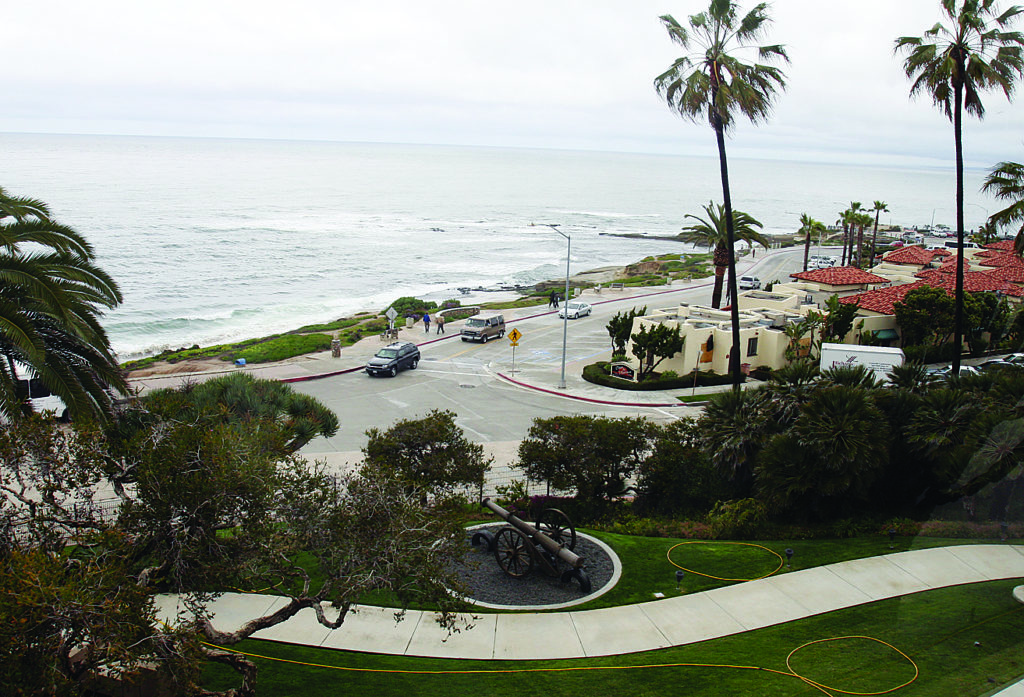
On recent trips to San Diego my wife and I have stayed at the Ocean Beach Cottages in PB, which borders the seashore and the famed Boardwalk (not an amusement park), a miles-long wide walkway that connects PB and Mission Beach and runs past Belmont Park. Developed by sugar magnate John D. Spreckels—who got his start in Watsonville and Salinas—Belmont Park opened on July 4, 1925, and still operates today.
Balboa Park—just off the northern shoulder of downtown—is a 1,200-acre historic, cultural hub that was established in 1835, and is one of the oldest in the U.S dedicated to public recreational use. The park is packed with museums, theaters, restaurants, the world’s largest outdoor organ, an indoor botanical garden flanked by a lovely reflection pond and the San Diego Zoo.
Since Balboa Park hosted the 1915–16 Panama–California Exposition and 1935–36 California Pacific International Exposition, the park is a treasure of architectural landmarks.
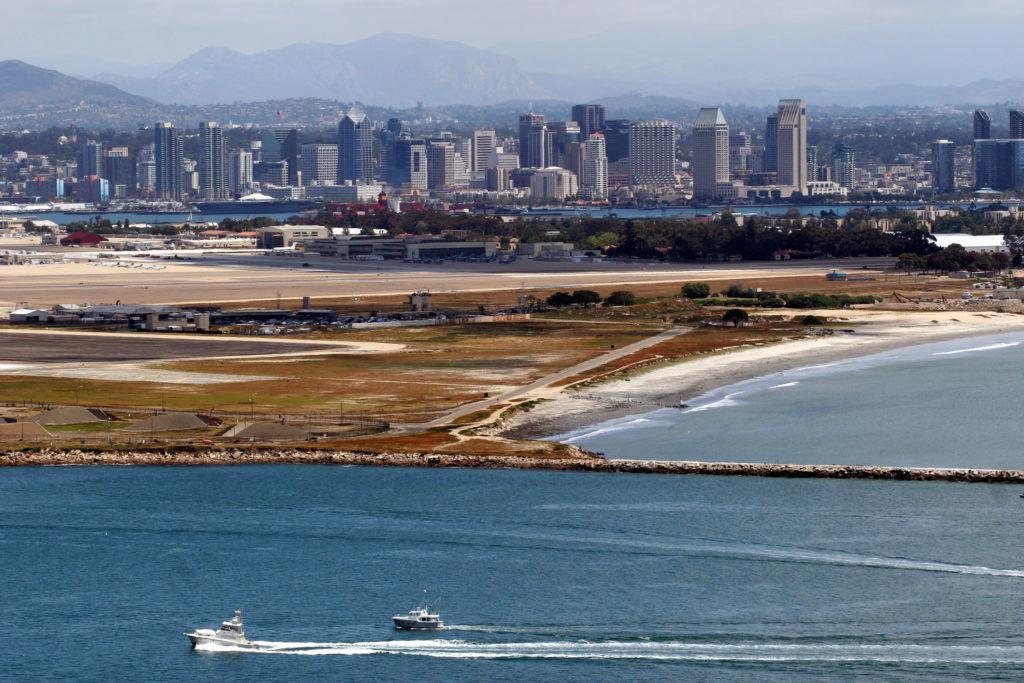
El Cortez Apartment Hotel, another landmark, was the tallest building in San Diego in 1927. It still stands as a cornerstone to downtown and is easy to spot from a jet upon arriving in that city by air. El Cortez served as a getaway for actors like Humphrey Bogart, Rita Hayworth, Marylyn Monroe, Gregory Peck and others from Hollywood, just 100 miles to the north. El Cortez eventually closed and was nearly demolished but was saved after the San Diego Historic Site Board labeled it as a historic site in 1990.
I would be remiss not to end this tale without mentioning the historic Crystal Pier in PB. Built in 1936, the wood pier features 21 Cape Cod-style small cottages that can be rented just like rooms at a motel. My art teacher back at Mission Bay High told me once that there was once a ballroom at the end of the pier where folks gathered for parties, live music and dancing.


